Anglers Booking Team
The expert copywriters at Anglers Booking have meticulously crafted this article. Our dedicated team of writers provides valuable insights and information to enhance your angling experience.
 8 minutes read
8 minutes readLooking for the Best Lures for Triggerfish? You're in the right place. This guide shows you the best lures for catching this fish. You'll also find out how and where to use them. We will also discuss the year's primary themes, with a focus on Triggerfish fishing. Everything here is simple and easy to follow.
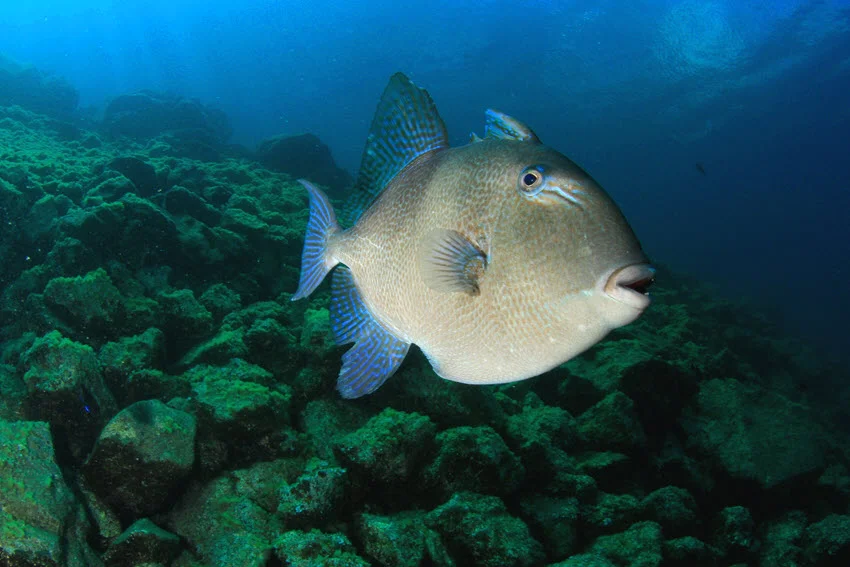
This fish species lives in saltwater and swims near reefs, rocks, and wrecks. They are not big, but they fight hard. Many anglers enjoy catching them because it is both fun and challenging.
Triggerfish have strong teeth. You need strong gear and an effective right lure to hook them. With the right tools and tips, you can catch more fish.
Several factors influence Triggerfish behavior, location, food, water temperature, and light. If you learn where they live and how they eat, you are on the right track to have successful fishing. Keep reading to learn more.

Triggerfish are cautious and surprisingly smart. They often watch a lure before biting. Triggerfish live in warm, shallow seas. They prefer reefs, rocky bottoms, and sandy areas. You can find them at depths ranging from 10 to 180 feet. They hide in rocks and search for food.
They eat crabs, sea urchins, clams, worms, and other animals with shells. Triggerfishes have strong jaws to break shells, and some even blow water to find food in the sand.
Triggerfish can lock their top fin to stay safe in small spaces. In cold or rough water, they usually hide. They are generally shy but can get aggressive near their nests.
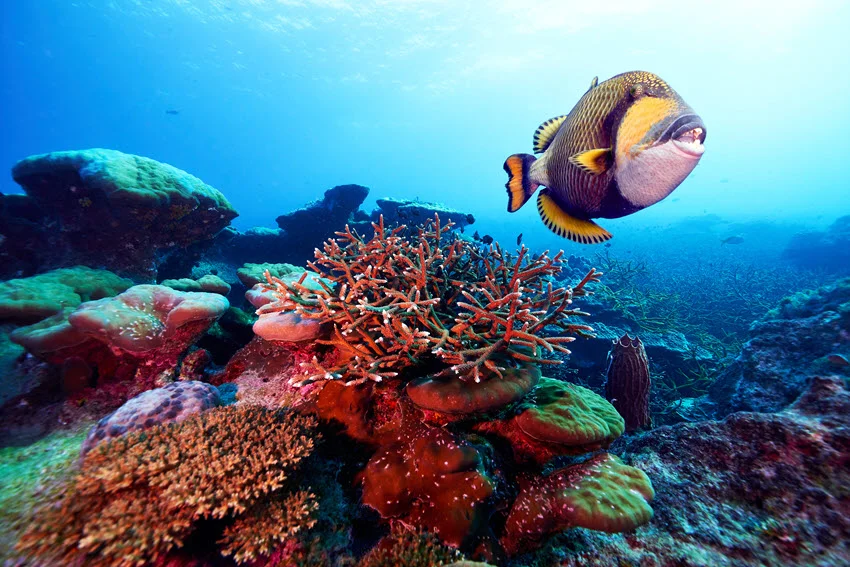
Triggerfish behavior changes with the seasons. Their feeding and movement vary throughout the year. Let's break it down season by season.
Fishing early in the morning works best year-round. Late afternoon could also result in success. Triggerfish are more likely to bite during these times.
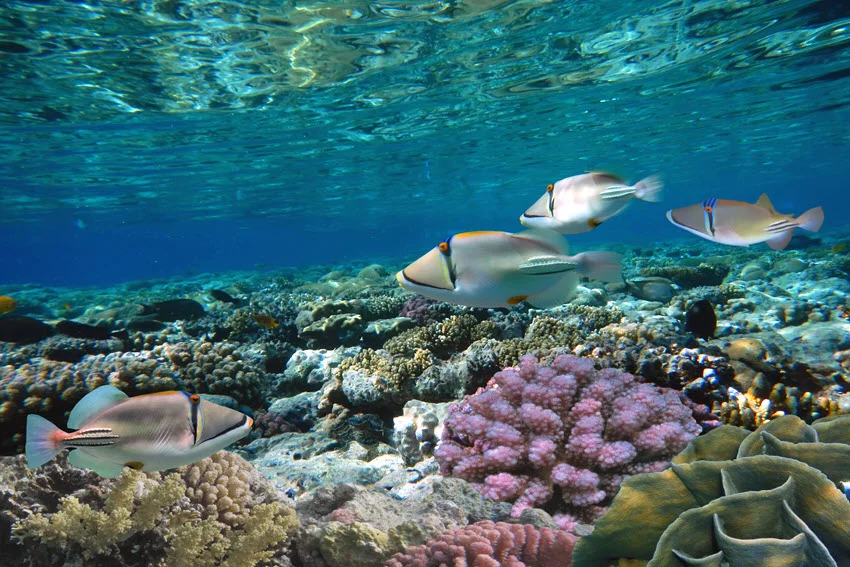
Triggerfish live mainly near reefs and rocky bottoms. These areas provide them with food and shelter. If you focus on places with plenty of rocks and coral, you maximize your chances of catching Triggerfish.
Strong hooks and tough lures are necessary because Triggerfish have strong teeth and can bite through weak gear. Match your lures to the environment and season to increase your catch.
There is no single best lure for Triggerfish in every situation. The effective lure depends on water conditions, season, and Triggerfish activity levels. Adjust your choice as these factors change. Below are the best lures and tips on when to use them.
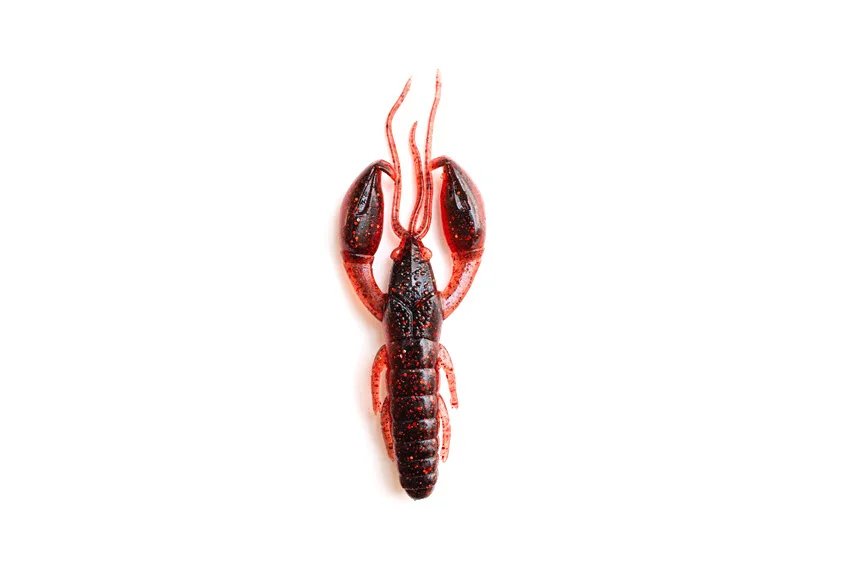
Triggerfish love soft plastic lures that look like crabs or shrimp. The lure's brown, green, or orange color could be effective. These lures are most effective near reefs, rocky bottoms, and seagrass beds. Drop your lure slowly near the bottom and twitch it gently to mimic real prey. Triggerfish often bite softly at first, so be patient. Keep your lure moving just enough to keep their interest.

Small jigs, ranging from 1/8 to 1/4 ounce, are very effective. Add a soft plastic trailer shaped like a crab or worm. Cast near coral or rocky areas. Jig slowly to attract Triggerfish, especially in clear water or when fish are less active. This method is effective because it mimics the natural movement of prey. Try different jigging speeds until you find the one that triggers bites.
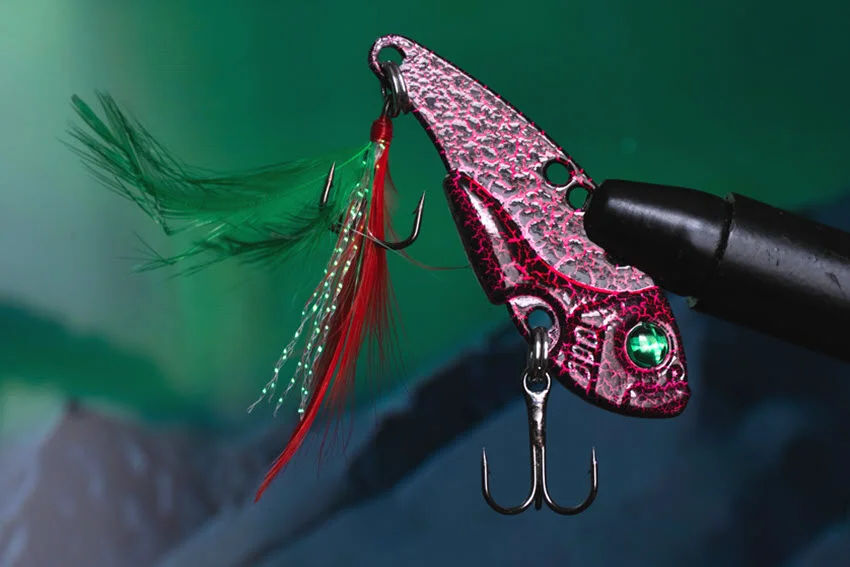
Small crankbaits that mimic baitfish or crustaceans work very well for Triggerfish. White, chartreuse, or blue colors are especially effective because they stand out in clear water and resemble the natural prey these fish target. These lures shine when Triggerfish are active and chasing food, darting quickly through the water to trigger reaction strikes.

Tube jigs are soft plastic lures with a wiggling tail. They move like small worms or shrimp in the water. Triggerfish like them because they look natural. Use them slowly near rocks. These lures are easy to work and keep Triggerfish interested.

Bucktail jigs have hair-like fibers that move in the water. They are similar to crabs. These jigs work well in areas with reefs and rocky terrain. Triggerfish often bite them because of the lifelike movement. They are strong and can withstand Triggerfish's sharp teeth.
Triggerfish are bright fish. To catch them, you need good lures. Using lures that look like their natural food works best. Below are the best techniques to help you catch Triggerfish with lures.
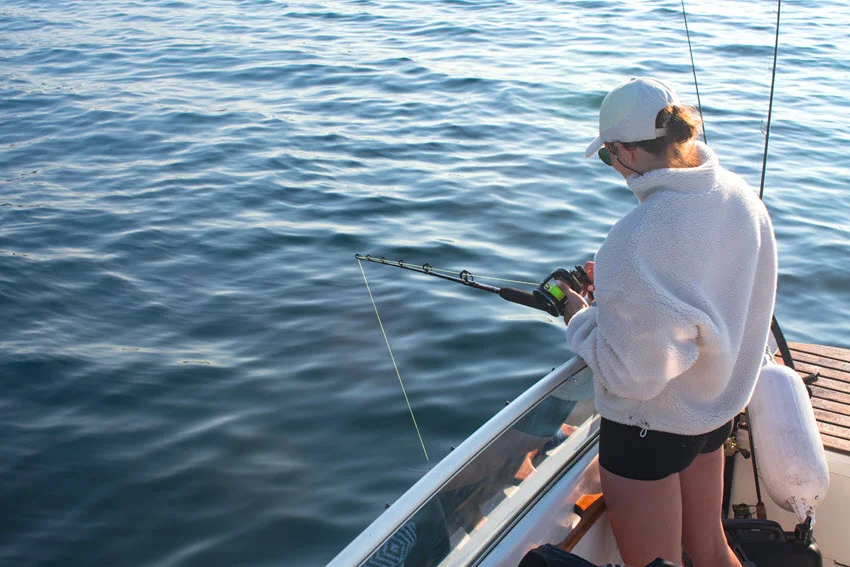
Slow jigging involves dropping a jig lure near the bottom and slowly moving it up and down in a controlled motion. This action resembles a crab or worm moving through the sand. Triggerfish watch carefully and often bite slow-moving lures. Use small jigs (1/8 to 1/4 ounce) with soft-plastic trailers that resemble crustaceans.
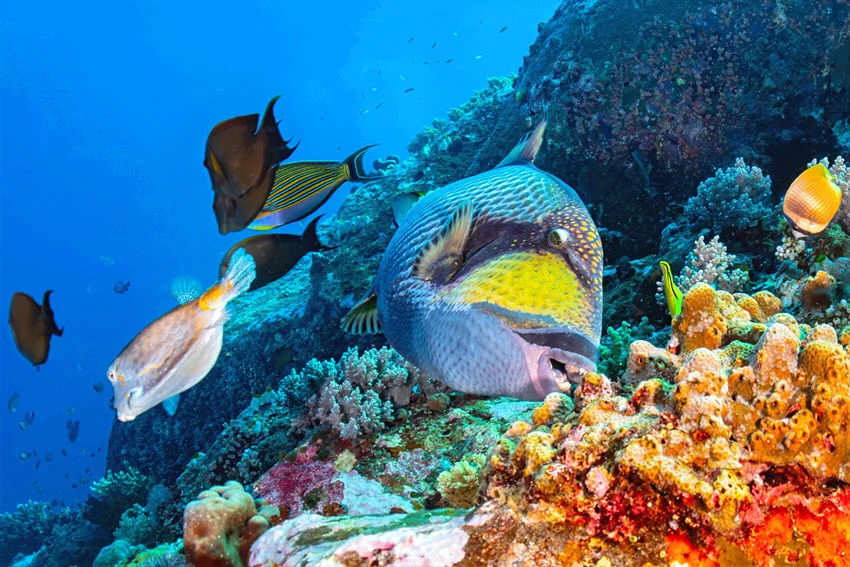
Cast soft plastic crab or shrimp lures near coral where Triggerfish hide. Let the lure sink slowly to the bottom. Then, use small twitches and pauses to make the lure look alive. This method works well because Triggerfish feed on crabs and shrimp.
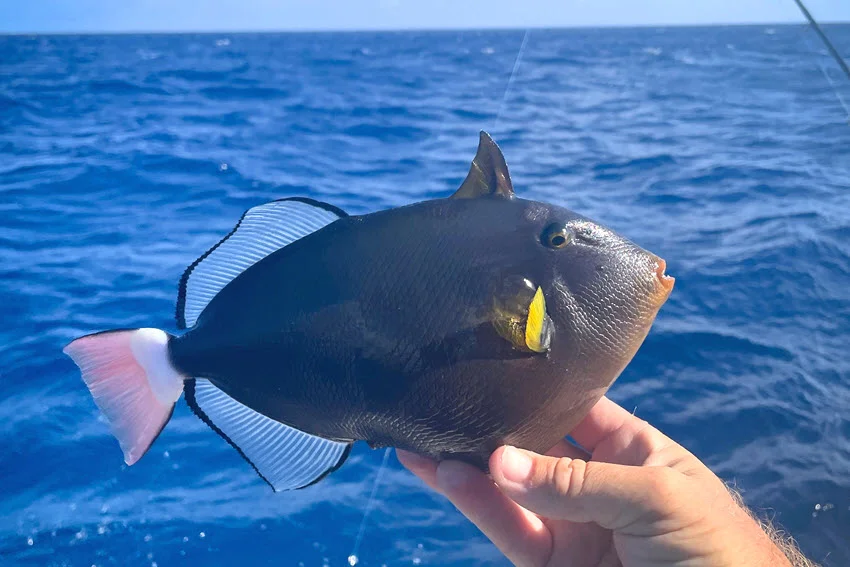
Cast small, hard-plastic crankbaits near reefs and rocky areas. Retrieve the lure steadily near the bottom. Also, you can do that through the mid-water column. Try changing how fast you reel in the bait if the fish do not bite at first. Changing speed can provoke bites from hesitant Triggerfish.
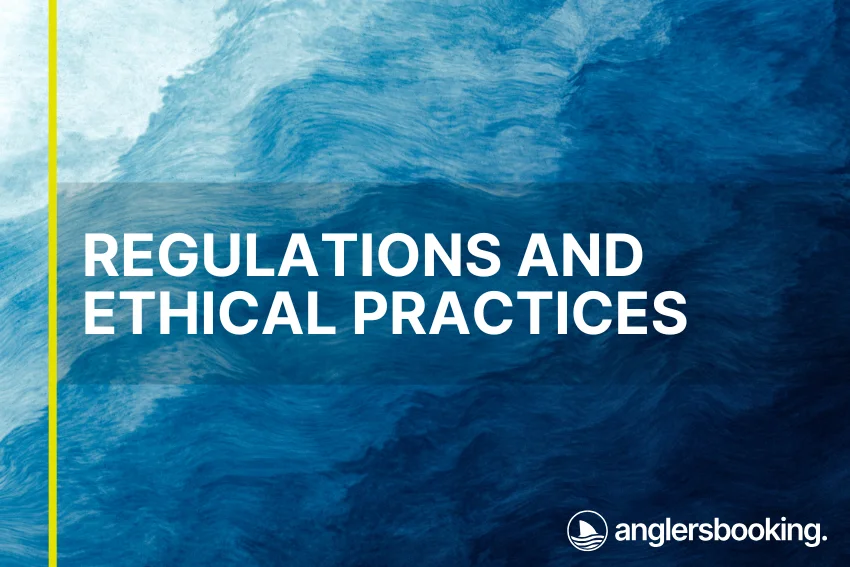
Understanding fishing regulations and ethical practices about specific fish species protects fish populations and ecosystems and promotes responsible angling practices.
Anglers Booking team
When you fish for Triggerfish, always follow the rules. For example, if you go fishing in Texas, there are specific regulations on bag and size limits you must follow. However, that does not mean the same rules apply across the entire Gulf of Mexico. Always check the regulations for the exact location where you plan to fish, and be aware that you may face penalties if you do not follow the rules or fish without a valid license.
Use the appropriate gear to avoid hurting fish. When handling fish, do it gently. If you don't keep the fish, release it carefully and gently.
Clean up after yourself. Don't leave trash or fishing line behind. Respect the environment. Also, respect other anglers. Give them enough space. Fishing this way helps keep Triggerfish healthy for the future.
Fishing for Triggerfish is exciting, but it can also be a real challenge. These powerful fish live around reefs and rocky structures, where they put up an intense fight. Using the right lures and techniques makes all the difference. Always fish responsibly, follow the rules to protect the fish and their home. Being respectful helps keep the ocean healthy for future anglers.
What is your best tip for fishing for Triggerfish? Which lure do you use most often? Share your answers in the comments.

The expert copywriters at Anglers Booking have meticulously crafted this article. Our dedicated team of writers provides valuable insights and information to enhance your angling experience.
Embark on unforgettable fishing adventures with us at Anglers Booking.
book your charterOctober 17, 2025
October 15, 2025
October 10, 2025
October 11, 2025
October 4, 2025
September 29, 2025
September 25, 2025
September 21, 2025

You're now part of our exclusive community. Get ready for premium content and updates straight to your inbox.
close
Subscribe to our newsletter and receive a selection of cool articles every week.
Please enter a valid email address.

Be the first to know when we're back in action.
Please enter a valid email address.
Leave a Comment
Your email address will not be published. Required fields are marked *
Thank you for your comment! It has been submitted for review and will appear on the site shortly.